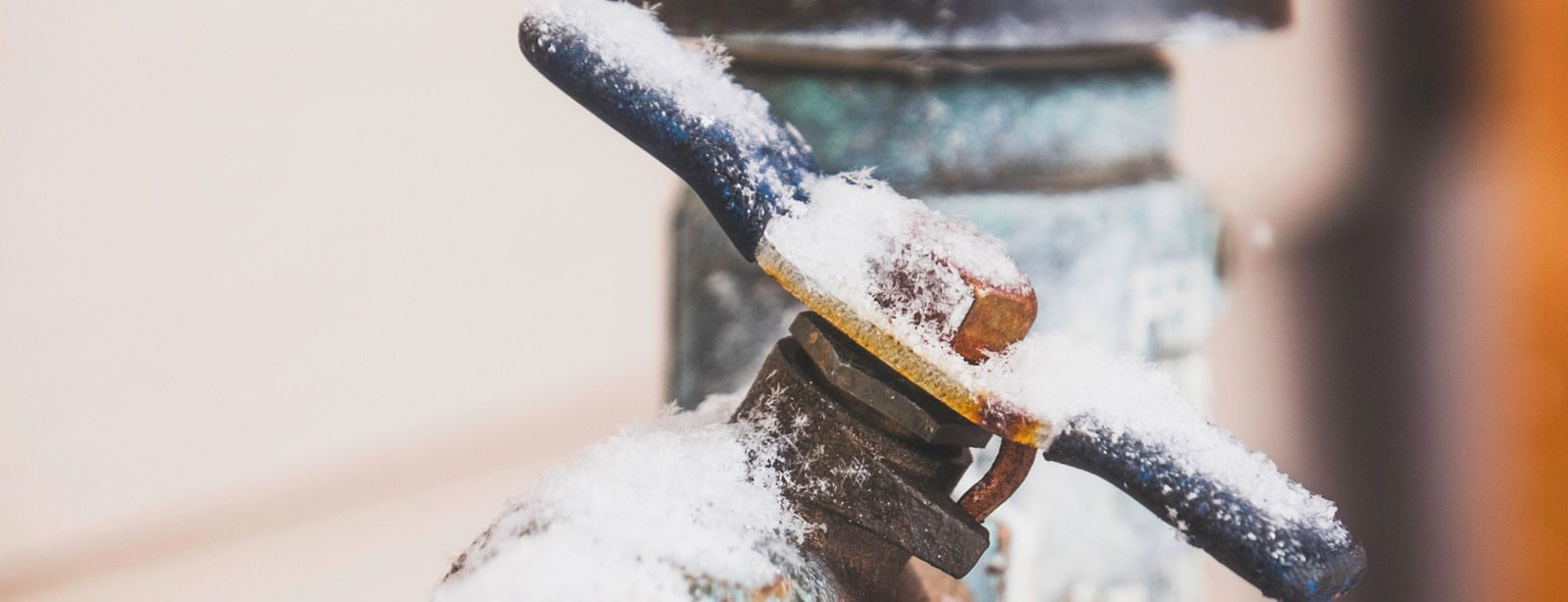Ways to Avoid Frozen Plumbing in Winter: Professional Guidance
Ways to Avoid Frozen Plumbing in Winter: Professional Guidance
Blog Article
Right here underneath yow will discover a lot of sensible data regarding How to Prevent Your Pipes From Freezing.

Cold weather can wreak havoc on your plumbing, specifically by freezing pipelines. Right here's exactly how to prevent it from happening and what to do if it does.
Introduction
As temperatures decrease, the risk of frozen pipelines increases, potentially resulting in pricey fixings and water damage. Recognizing exactly how to stop frozen pipes is crucial for home owners in chilly environments.
Avoidance Tips
Insulating prone pipes
Wrap pipes in insulation sleeves or make use of warm tape to safeguard them from freezing temperatures. Focus on pipelines in unheated or outside areas of the home.
Home heating methods
Maintain indoor spaces sufficiently heated, especially areas with pipes. Open cupboard doors to enable cozy air to distribute around pipelines under sinks.
Just how to identify icy pipelines
Try to find decreased water flow from taps, unusual odors or noises from pipelines, and visible frost on subjected pipes.
Long-Term Solutions
Architectural adjustments
Consider rerouting pipes far from outside walls or unheated locations. Add extra insulation to attic rooms, cellars, and crawl spaces.
Upgrading insulation
Invest in top notch insulation for pipelines, attics, and walls. Proper insulation aids preserve consistent temperature levels and lowers the danger of frozen pipelines.
Protecting Outdoor Pipes
Garden pipes and outdoor faucets
Disconnect and drain garden tubes prior to wintertime. Mount frost-proof spigots or cover outdoor faucets with shielded caps.
Comprehending Icy Pipes
What creates pipelines to freeze?
Pipelines ice up when subjected to temperature levels listed below 32 ° F (0 ° C) for extended durations. As water inside the pipes freezes, it broadens, putting pressure on the pipe walls and potentially creating them to break.
Threats and damages
Frozen pipes can cause water system disturbances, residential or commercial property damage, and expensive repair services. Burst pipes can flood homes and trigger considerable architectural damages.
Indicators of Frozen Water Lines
Identifying frozen pipelines early can prevent them from rupturing.
What to Do If Your Pipelines Freeze
Immediate actions to take
If you suspect icy pipes, keep faucets open up to relieve stress as the ice melts. Use a hairdryer or towels soaked in hot water to thaw pipes slowly.
Verdict
Preventing icy pipelines needs aggressive steps and fast actions. By understanding the reasons, indicators, and preventive measures, house owners can protect their pipes throughout cold weather.
5 Ways to Prevent Frozen Pipes
Drain Outdoor Faucets and Disconnect Hoses
First, close the shut-off valve that controls the flow of water in the pipe to your outdoor faucet. Then, head outside to disconnect and drain your hose and open the outdoor faucet to allow the water to completely drain out of the line. Turn off the faucet when done. Finally, head back to the shut-off valve and drain the remaining water inside the pipe into a bucket or container. Additionally, if you have a home irrigation system, you should consider hiring an expert to clear the system of water each year.
Insulate Pipes
One of the best and most cost-effective methods for preventing frozen water pipes is to wrap your pipes with insulation. This is especially important for areas in your home that aren’t exposed to heat, such as an attic. We suggest using foam sleeves, which can typically be found at your local hardware store.
Keep Heat Running at 65
Your pipes are located inside your walls, and the temperature there is much colder than the rest of the house. To prevent your pipes from freezing, The Insurance Information Institute suggests that you keep your home heated to at least 65 degrees, even when traveling. You may want to invest in smart devices that can keep an eye on the temperature in your home while you’re away.
Leave Water Dripping
Moving water — even a small trickle — can prevent ice from forming inside your pipes. When freezing temps are imminent, start a drip of water from all faucets that serve exposed pipes. Leaving a few faucets running will also help relieve pressure inside the pipes and help prevent a rupture if the water inside freezes.
Open Cupboard Doors
Warm your kitchen and bathroom pipes by opening cupboards and vanities. You should also leave your interior doors ajar to help warm air circulate evenly throughout your home.
:strip_icc()/snow-outdoor-faucet-pipes-4af65d1e5e904fb1aa7bf74071fe5d89.jpg)
I recently found that content on Preventing and dealing with frozen pipes when doing a search on the web. Are you aware of someone else who is intrigued by the subject? Take a moment to share it. Thank you so much for going through it.
Click Here Report this page